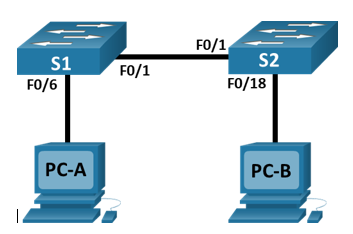Network Cables
4 main types of network cables: Coaxial, Shielded Twisted Pair (STP), Unshielded Twisted Pair (UTP) and Fibre Optic.
Fibre optic: These cables use light to transmit data through thin strands of glass or plastic fibers. The core of the fibre optic cable carries light signals, while the cladding around it reflects the light to prevent signal loss.
Coaxial Cable: A cable with a central conductor that's usually copper, surrounded by an insulating layer, a metal shield, and an outer plastic jacket.
Shielded Twisted Pair: These cables are similar to Unshielded Twisted Pair (UTP) cables, but they have an additional shield (usually made of foil or braided copper) surrounding the wire pairs.
Unshielded Twisted Pair: Consist of pairs of wires twisted together to reduce crosstalk between the pairs.
T-568A and T-568B are the termination standards used by Internet backbone infrastructure, Internet providers and all the way down to homeowners or businesses.
The only real difference between the two are the green and orange pairs. These two sets are swapped in the cable. Even though these are switched, they are still both effectively direct or "straight through" connections.
These are the most recent categories that the ethernet cables come in. They tend to get more expensive the newer they are as they are better at transferring data.
Cut into plastic sheath about 1 inch from the end
Pinch the wires between your fingers and straighten them out to get in colour order
Use scissors to make a straight cut across to make 1.3cm of wire showing
Carefully push all wires into RJ-45 connector
Crimp down using the tool
Test cable to make sure they works using an electronic tester
This activity built my technical skills in cabling and has helped me on my university course when learning network configuration like setting up routers and switches using these same cables. Its also benefitted me at home as I've upgraded my ethernet cable for my PC and tested it to make sure I get the full bandwidth.
Transferable skills I've learned from this:
Problem solving - resolving unexpected problems during cable making.
Attention to detail - ensuring that cables are correctly made and labelled.
Teamwork - building cables with the class and helping each other.

.jpg)







